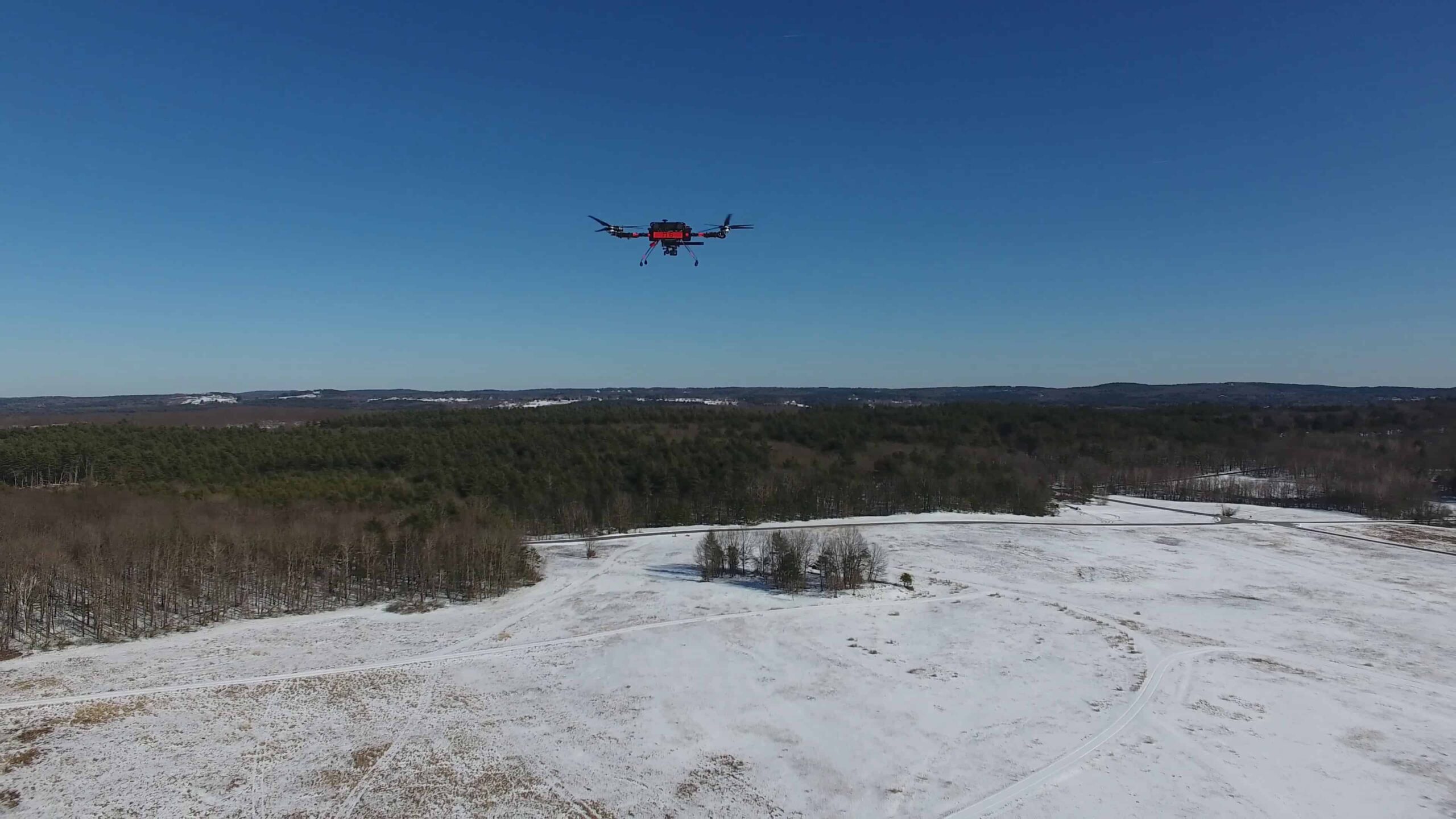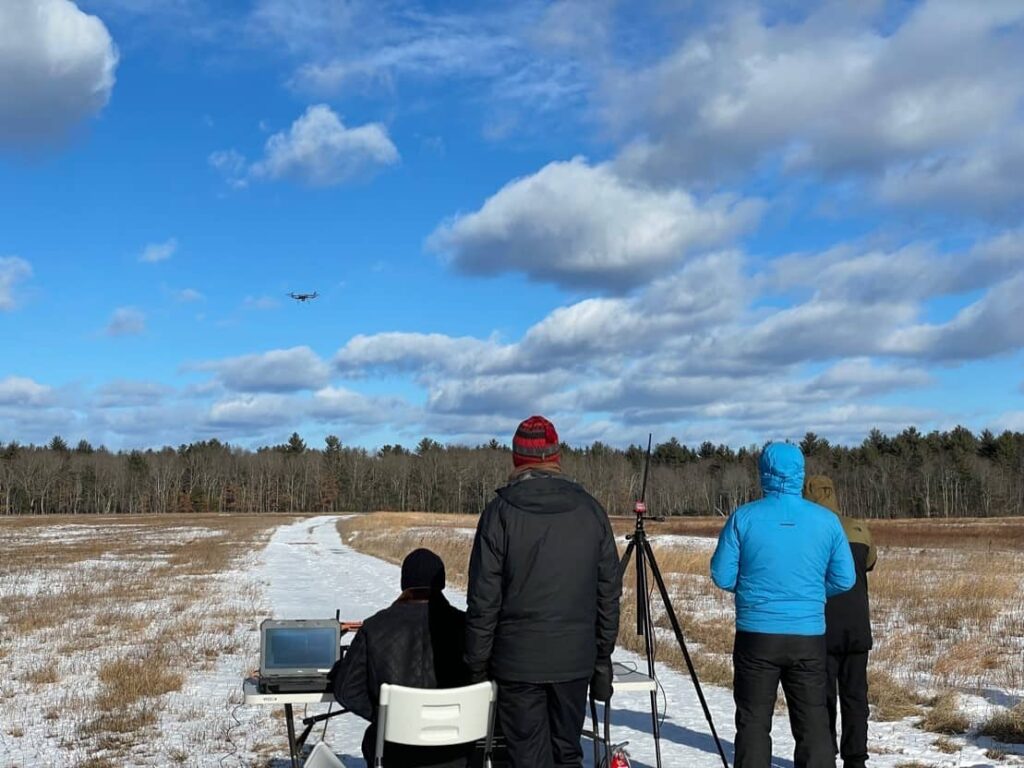



Aurora Flight Sciences, a Boeing Company, recently completed a project to advance the capabilities of its Modular Intercept Drone Avionics Set (MIDAS) counter-unmanned aircraft system (C-UAS). Aurora engineers designed, implemented, and tested improvements to the drone engagement device (DED) and onboard autonomy, as well as to the speed and maneuverability of the vehicle platform. Using similar test parameters to last spring’s demonstration for the Joint Counter-sUAS Office (JCO) and the Army Rapid Capabilities and Critical Technologies Office (RCCTO), MIDAS autonomously defeated 83% of small UAS targets.
“Since our successful customer demos last year, we’ve continued to improve hardware and software systems on MIDAS to ensure we are prepared to meet the needs of future counter-sUAS programs,” said Jason Grzywna, director of small UAS programs at Aurora. “The vehicle we used for the most recent tests included enhancements in agility and autonomy, which improved target acquisition, and in the bolos fired by the DED, which proved more effective in completely disabling the target.”
Originally developed under a Defense Innovation Unit (DIU) contract, MIDAS is designed specifically to mitigate adversary sUAS with low collateral effects. Cued by ground radar, the multi-rotor, AI-enabled MIDAS uses an on-board sensor to autonomously identify and track adversary targets. Once the target is identified, MIDAS fires bolo projectiles that entangle the target’s propellers and disable the vehicle without endangering bystanders.


“Aurora recognizes the importance of an effective, low-collateral effects interceptor to help mitigate threats posed by the proliferation of low-cost Group 1 drones,” said Grzywna. “With the support of the DIU, we were able to progress quickly in the development of our product solution. The DIU’s far-reaching network of government stakeholders, connection to the warfighter, and understanding of the emerging tactically relevant threats, have been essential for moving this technology from the lab to the battlefield.”
Part of the vehicle’s autonomy includes the use of perception and guidance, navigation, and control (GNC) algorithms to search for, track, and target drones within range of the vehicle’s perception sensors. These algorithms provide a localized position of the target in real time and determine how the system develops its autonomous intercept and firing solution. The vehicle then uses the information from these algorithms to provide control commands directly to the autopilot system and fire the drone engagement device.





Related Posts
New Drone Fires Thales Missile in Unmanned Air Combat Milestone
UAS Startup Accelerator Awards 3M in Funding
US Navy Orders Unmanned Tactical Resupply Aircraft